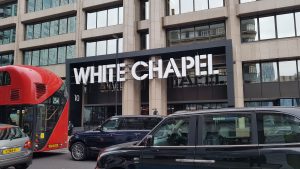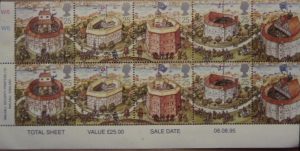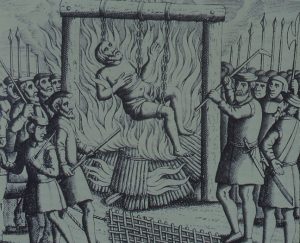Sunday 3rd January 2021 6.30pm
The walk is led by Kevin Flude, a former archaeologist at the Museum of London, who has an interest both in the archaeological evidence as well as the myths and legends of London’s origin.
The walk will tell the story of the legendary origins of London which record that it was founded in the Bronze Age by an exiled Trojan called Brutus. The new City was called Troia Nova or New Troy, which became corrupted to Trinovantum, and then changed to Lud’s Dun and eventually Londinium. The legends provide a host of characters in the rich mythic past of London. Kevin will tell the stories, and relate some to the archaeological evidence.
The route starts at Tower Hill, then down to the River Thames at Billingsgate, London Bridge, up to the Roman Forum at the top of Cornhill, into the valley of the River Walbrook, passed the Temple of Mithras, along Cheapside to the Roman Amphitheatre, and finishing up in the shadow of St Pauls.
This is a London Walks Guided Walks. Look at their web site for a list of other of their amazing walks.
To buy tickets click here:

 17th century it welcomed Jewish refugees particularly from Russian, and in the 19th Irish, and exiles joined in.
17th century it welcomed Jewish refugees particularly from Russian, and in the 19th Irish, and exiles joined in. itch High Street Overground Station
itch High Street Overground Station on Saturday, November 30.
on Saturday, November 30.